ASEAN needs to maintain its relevance by repositioning itself between the United States and China as a bridge and a geopolitical buffer. An ASEAN-centric buffer also serves the U.S. and China’s interests, writes Shuxian Luo. This piece originally appeared in the South Morning China Post.
Following the latest incident in the South China Sea, in which Chinese coastguard vessels blocked and water-cannoned Philippine ships carrying resupplies to Second Thomas Shoal, the silence of ASEAN (the Association of Southeast Asian Nations) stood as a glaring but not surprising contrast to the quick responses from the United States and the European Union.
Coordinating a concerted position on the South China Sea is a formidable task for ASEAN, largely because of the institution’s consensus-based decisionmaking tradition. Despite a few exceptions, its chronic inability to speak with one voice leaves the South China Sea an arena for growing friction between the U.S. and China.
As U.S.-China strategic competition intensifies, the geopolitical buffer ASEAN has instituted in the past three decades is rapidly shrinking.
Since the end of the Cold War, ASEAN has taken great pains to cultivate ties with individual major players, so they develop vested interests in the region’s stability while enabling ASEAN to avoid taking sides among competing powers — a strategy characterized by Asia observers as one of omni-enmeshment, hedging, or double binding. This strategy has achieved remarkable success in bringing peace to the region and won ASEAN a reputation as a bridge between great powers and an institutional buffer in geopolitics.
But with the return of great power competition and the formation of groupings such as the Quadrilateral Security Dialogue (Quad), ASEAN is struggling to maintain relevance in the regional architecture. Former Indonesian foreign minister Marty Natalegawa noted at a recent South China Sea conference that minilateral groupings such as the Australia-U.K.-U.S. (AUKUS) trilateral security pact and the Quad should serve as a “wake-up call” for ASEAN — if it shows signs of irrelevance, then “security will be sought elsewhere.”
ASEAN needs to maintain its relevance by repositioning itself between the great powers as a bridge and a geopolitical buffer. An ASEAN-centric buffer also serves the U.S. and China’s interests.
As a recent Brookings Institution report noted, the two giants would “profit from the existence of third-party mechanisms that can provide impartial information, suggest road maps for deconfliction, and outline pathways for collaboration that neither side might trust if emanating from the other.” To do so, ASEAN needs to take a bold approach in leveraging its influence with Beijing and Washington, both of which have at the very least verbally endorsed ASEAN centrality.
Long touted by Beijing as a showcase of its neighborly diplomacy, ASEAN’s ability to restrain Beijing is real but often understated. Even in the South China Sea disputes, ASEAN’s strength lies in its numbers and being the weaker side, which translates into its unique normative and bargaining power.
When openly resisted by a concerted ASEAN effort, Beijing is more likely to modulate its behavior. A telling but underappreciated example is the aftermath of the 2012 Scarborough Shoal standoff. To mitigate the fall-out of ASEAN’s failure to present a cohesive position and in response to China’s seizure of the shoal, ASEAN foreign ministers declared six principles on South China Sea disputes. They called for respect of international law and self-restraint by all parties. This concerted resistance came as a sign of the high reputational costs ASEAN could impose on China and is arguably one factor that has since prevented China from seizing additional land features.
ASEAN should continue to meet assertive Chinese behavior with unity. It should also communicate clearly to Beijing when China’s oversteps have pushed Southeast Asian countries further towards Washington. This is important as analysts in China hesitate to criticize Beijing’s often self-defeating foreign policy, and criticism from the U.S. is received with suspicion or even defiance.
ASEAN sceptics might question whether it is possible for the organization to rebuild its role as a geopolitical buffer, considering Laos and Cambodia’s tilt towards China. While this criticism has some merit, there is a limit to how far China can push the envelope by using the two countries to block concerted ASEAN efforts.
There have been calls for expelling Cambodia and Laos from ASEAN. Should that happen, even if only excluding them from ASEAN’s South China Sea processes, it would be a loss for China, Cambodia, and Laos. Beijing will lose much of its indirect veto power on those processes, while Cambodia and Laos will lose a vital component of their utility to Beijing and probably even the Chinese economic perks that come with it. Hence, ASEAN should make clear that China cannot keep pushing the envelope indefinitely.
With Washington, ASEAN should make clear that pressuring or marginalizing the institution or treating Southeast Asian countries as instruments of U.S. competition with China would encounter resistance. For instance, after the Trump administration adopted its Indo-Pacific strategy in 2019, ASEAN pushed back by releasing its “Outlook on the Indo-Pacific.”
ASEAN should also encourage minilateral groupings in the region to go beyond their security-oriented missions and play a greater role in providing critical public goods and attractive alternatives to Chinese investment in the region. This will boost ASEAN’s resilience vis-à-vis China.
Meanwhile, ASEAN could seek to broker initial steps to reduce tensions in the South China Sea, such as encouraging China to pledge not to declare an air defense identification zone there. It could also seek a Chinese pledge of not conducting extra land reclamation or fielding additional military assets to China-controlled land features in the Spratly Islands.
Moreover, ASEAN should urge Beijing to consider a pledge of respecting the freedom of navigation for foreign military vessels, a right that China has enjoyed as its navy conducts blue-water operations.
On the U.S. side, ASEAN can encourage Washington to consider a gradual reduction of freedom of navigation operations, provided that China honors its pledges. Also, it might seek a U.S. pledge of not fielding intermediate-range missiles in the first island chain to avoid further fueling the arms race in the region. In return for the U.S. pledge, ASEAN may encourage Beijing to dial down its military and paramilitary activity within the island chain.
The recent virtual summit between presidents Joe Biden and Xi Jinping and the two sides’ shared interest in conflict avoidance could create an opportunity for ASEAN to make such a push. Despite rhetoric about the need to set up “guardrails” for their relations, mistrust between Washington and Beijing runs deep.
ASEAN no longer enjoys the luxury of time in establishing itself as an effective geostrategic buffer. Its traditional approach that tends to start with low-hanging fruit to build trust among regional players is no longer adequate in the face of rapid developments.
It needs to be honest about this and get right to the most difficult core issue. The aforementioned tension-reduction measures require no irreversible commitment and can operate amid a trust deficit. In the long run, these steps can set the stage for negotiations on strategic issues such as demilitarizing land features and arms control.
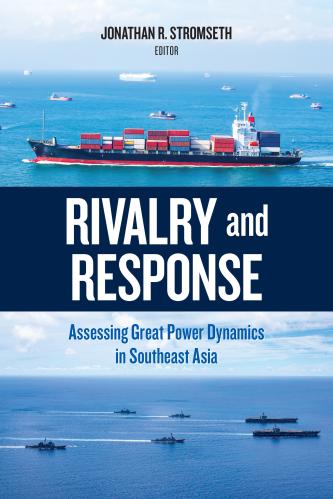
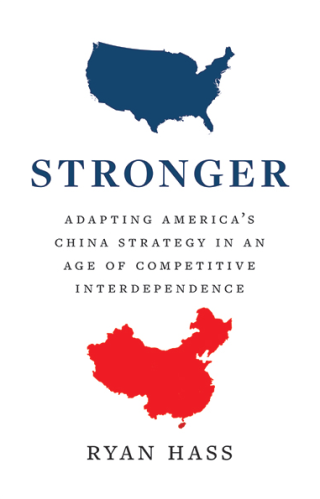
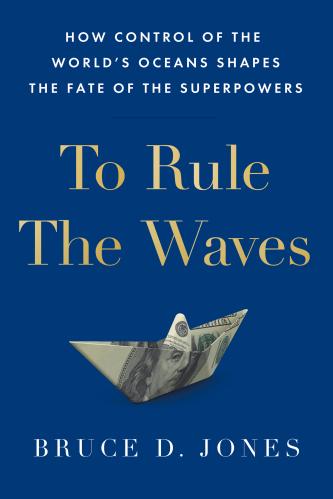
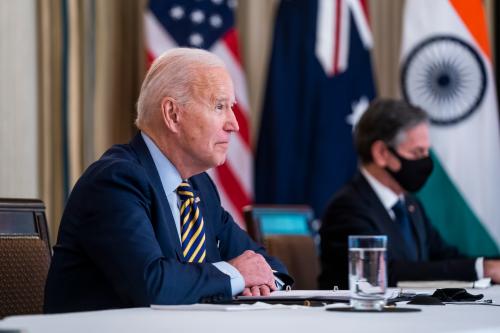

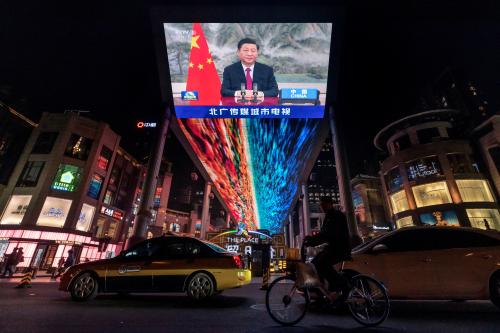


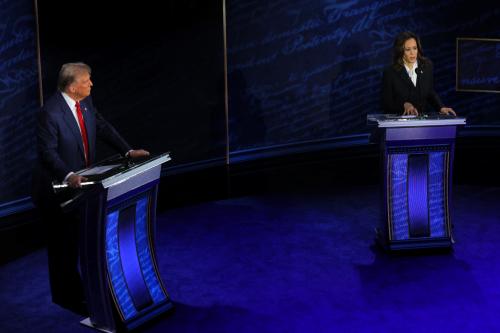
Commentary
ASEAN running out of time to recast role as buffer in US-China great power competition
December 8, 2021